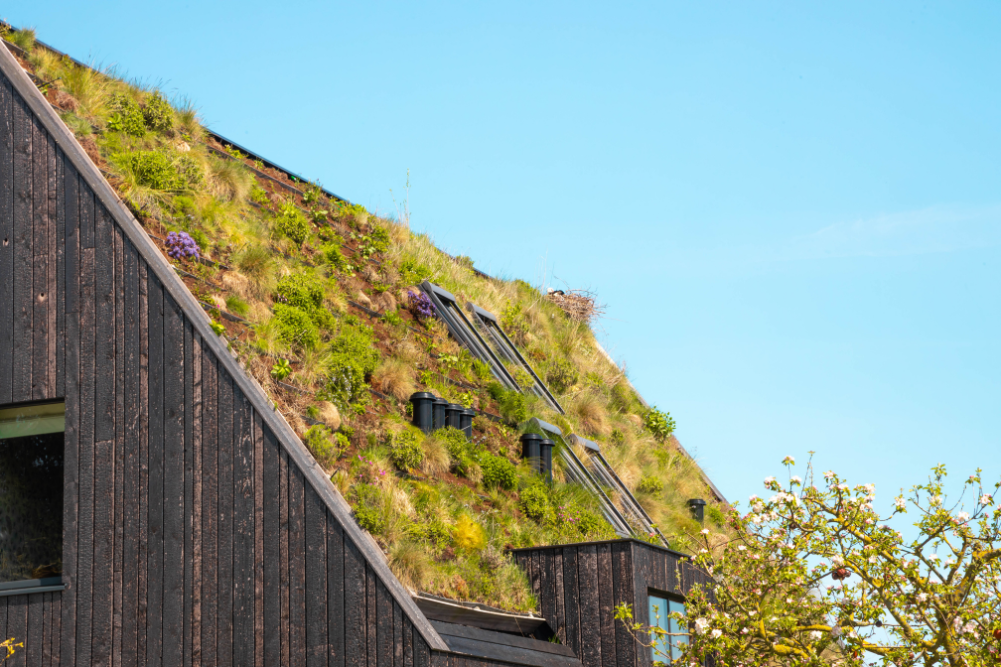Ever wondered how green roofs flourish?
Green roofs are biodynamic systems that play an important role in sustainable design. They provide a range of ecosystem services from reducing heat transmission to improving air quality.
An oasis in an urban environment, green roofs are becoming popular and sprouting up across many urban landscapes.
But green roofs are subject to harsh environments such as high winds and extreme temperatures making them vulnerable to drought.
The researchers found that there was a healthy soil community in construction materials, but most species died due to the harsh conditions of the green roof.
Being high up, they are also inaccessible to soil microorganisms and species which are important for nutrient cycling and sustainable plant growth.
The soil ecology of green roof is not clearly understood while previous research shows that these microorganisms do live in roofs.
But how do they get up there?
A study conducted by researchers from the University of Portsmouth and the University of London, aimed to find out whether soil organisms such as mites, springtails (tiny insect-like creatures), bacteria and fungi are introduced to green roofs by building material or if they get up there through other ways.
To do this, they conducted a preliminary study by analysing green roof construction materials (substrates and plant plugs) for microarthropods (such as mites, springtails and insects), bacteria and fungi before constructing a new green roof.
Over eleven months they monitored survival and independent colonisation of the organisms.
The researchers found that there was a healthy soil community in construction materials, but most species died due to the harsh conditions of the green roof.
This suggests that the green roof species must arrive on the roof through other mechanisms such as travelling on birds or by coming in the aerial plankton (tiny creatures riding air currents).
The researchers provide two suggestions from this study.
The first is that the soil biology for green roofs must be engineered so that not only the physical aspects of the soil (soil structure) is right but also the biology.
The second recommendation is to help species get up to the green roof by employing methods such as connecting green roofs to ground level soils.
At the moment, most species seem to be getting to the green roofs through mechanisms of their own which helps green roofs flourish.
Source: Applied Soil Ecology








